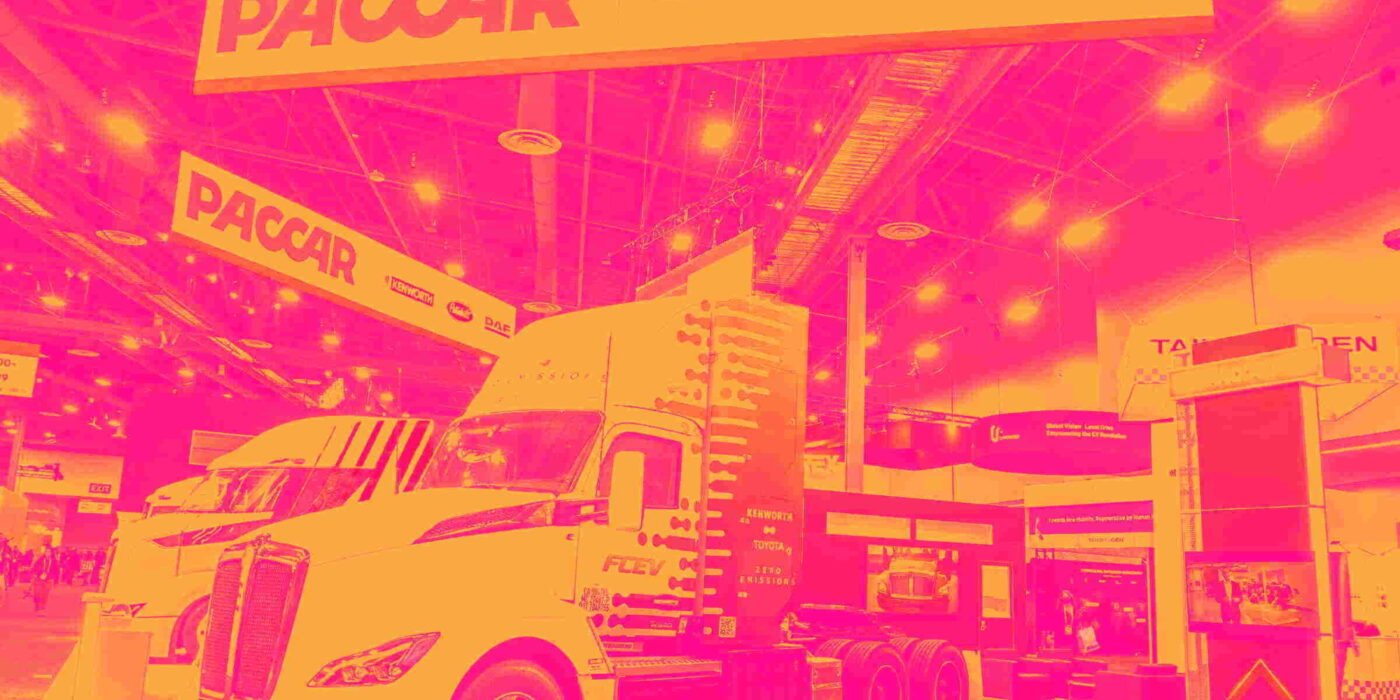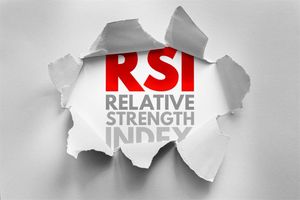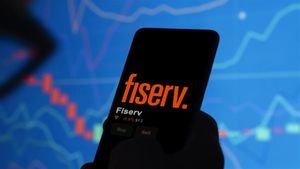
Trucking company PACCAR (NASDAQ: PCAR) fell short of the market’s revenue expectations in Q1 CY2025, with sales falling 16% year on year to $6.91 billion. Its non-GAAP profit of $1.46 per share was 7.5% below analysts’ consensus estimates.
Is now the time to buy PCAR? Find out in our full research report (it’s free).
PACCAR (PCAR) Q1 CY2025 Highlights:
- Revenue: $6.91 billion vs analyst estimates of $6.97 billion (16% year-on-year decline, 0.8% miss)
- Adjusted EPS: $1.46 vs analyst expectations of $1.58 (7.5% miss)
- Adjusted EBITDA: $863.7 million vs analyst estimates of $946.5 million (12.5% margin, 8.7% miss)
- Operating Margin: 11.1%, down from 15.9% in the same quarter last year
- Free Cash Flow Margin: 10.7%, down from 15.5% in the same quarter last year
- Organic Revenue fell 14.6% year on year (1.5% in the same quarter last year)
- Market Capitalization: $50.26 billion
StockStory’s Take
PACCAR’s first quarter results reflected operational challenges related to tariffs and evolving market conditions. Management attributed the revenue and margin declines to the impact of new tariffs on truck components and persistent cost pressures, noting that pricing actions were not sufficient to fully offset these headwinds within the quarter. CEO Preston Feight highlighted, “Our teams in Denton and Chillicothe have done a great job building trucks for us for the U.S. markets, but there are components that come into those factories from our suppliers, from other countries. We don’t know how they would be affected [by tariffs].”
Looking ahead, PACCAR’s leadership indicated that ongoing tariff policy investigations and changes in emissions regulations are likely to influence demand and profitability over the coming quarters. The company is preparing for a dynamic regulatory environment in both North America and Europe, with management expressing caution about future gross margins and emphasizing continued investment in technology and manufacturing capacity to support long-term growth.
Key Insights from Management’s Remarks
PACCAR’s management discussed the main factors affecting first quarter performance, focusing on tariffs, product mix, and business segment updates. Margin pressure dominated the discussion, with input costs rising faster than prices and regulatory uncertainty clouding the near-term outlook.
- Tariff Impacts Drive Margins: New and existing tariffs on truck components increased input costs, which management could not fully offset with price increases during the quarter. The uncertainty around Section 232 investigations was cited as a key risk.
- Parts Segment Growth: PACCAR Parts achieved record revenues, benefiting from connected vehicle data and ongoing expansion of the parts distribution network. Management expects parts growth to continue, supported by higher pricing and improved customer uptime.
- Financial Services Resilience: PACCAR Financial Services delivered steady profitability, with portfolio growth and strong credit quality. Used truck demand and pricing improved, and further gains are anticipated as the year progresses.
- Vocational Truck Mix Advantage: The company’s higher exposure to vocational trucks, which are typically used for specialized tasks such as construction, provided stability in sales despite softer conditions in long-haul trucking.
- Regulatory and Emission Standards: Management noted that potential changes to U.S. and European emissions regulations could alter product demand and cost structures, but stated confidence in PACCAR’s technology preparedness to address these changes.
Drivers of Future Performance
Management’s outlook for the next several quarters centers on tariff developments, customer demand for new emission-compliant vehicles, and the company’s ability to manage costs and pricing in a shifting regulatory landscape.
- Tariff Policy Changes: Ongoing investigations into Section 232 truck tariffs could either worsen or improve cost pressures, making input costs and pricing power a key focus for upcoming quarters.
- Emission Regulation Shifts: Anticipated policy decisions on greenhouse gas and NOx standards, particularly in the U.S., may affect customer purchasing patterns and vehicle costs, with potential pre-buy activity ahead of new rules.
- Connected Services & Parts: Growth in digitally connected vehicle services and expansion of the parts business are expected to provide recurring revenue and margin stability, offsetting some cyclicality in new truck sales.
Top Analyst Questions
- Charles Dillard (Bernstein): Asked about the ability to pass through increased tariff costs to customers, with management confirming only partial pass-through in the short term and highlighting ongoing uncertainty about tariff policy.
- Jamie Cook (Truist): Sought clarity on margin disappointment versus expectations, to which management attributed margin compression to input cost inflation and the lag in pricing adjustments, especially with existing order backlogs.
- Michael Feniger (Bank of America): Inquired about the impact of upcoming EPA emissions rules on cost structure and whether PACCAR would adjust spending or investments. Management explained that cost impacts will depend on the specific regulatory path taken.
- Tami Zakaria (JPMorgan): Questioned how tariffs would affect the parts business, with management noting that parts pricing can be adjusted more quickly than trucks, lessening margin risk relative to the new vehicle segment.
- Scott Group (Wolfe Research): Probed whether Q2 margin pressure was due to timing of price increases or underlying market weakness, and management responded that the timing mismatch between tariff costs and pricing actions was the primary driver.
Catalysts in Upcoming Quarters
In the coming quarters, the StockStory team will monitor (1) the outcome of tariff policy reviews and any subsequent changes to input costs, (2) customer order trends in response to evolving emissions regulations, and (3) the pace of growth in the PACCAR Parts and Financial Services segments. We will also track management’s ability to align pricing with cost inflation and the effect of any regulatory clarity on forward demand.
PACCAR currently trades at a forward P/E ratio of 16.1×. Should you double down or take your chips? See for yourself in our free research report.
The Best Stocks for High-Quality Investors
The market surged in 2024 and reached record highs after Donald Trump’s presidential victory in November, but questions about new economic policies are adding much uncertainty for 2025.
While the crowd speculates what might happen next, we’re homing in on the companies that can succeed regardless of the political or macroeconomic environment. Put yourself in the driver’s seat and build a durable portfolio by checking out our Top 5 Strong Momentum Stocks for this week. This is a curated list of our High Quality stocks that have generated a market-beating return of 176% over the last five years.
Stocks that made our list in 2020 include now familiar names such as Nvidia (+1,545% between March 2020 and March 2025) as well as under-the-radar businesses like the once-micro-cap company Tecnoglass (+1,754% five-year return). Find your next big winner with StockStory today.






